Glycolzuur & Huid: Dag dofheid, hallo glans!
If your skin’s been looking a little dull, uneven, or just… meh, it’s time to meet your new bestie: glycolic acid. This skincare powerhouse is famous for smoothing texture, fading dark spots, and giving your skin that fresh, just-got-a-facial glow. Whether you’re battling breakouts, fine lines, or sun damage, glycolic acid can help—but only if you use it right.
Before you slather it on, let’s talk about what it actually does, how to use it without wrecking your skin barrier, and why it might just be the glow-up secret you’ve been missing.
3 GRATIS Parfum Monsters
We hebben onlangs een Whatsapp-groep aangemaakt voor beautyliefhebbers zoals jij! Om deze community te laten groeien bieden we tijdelijk 3 gratis parfum samples aan als je lid wordt!
Zorg ervoor dat je zo snel mogelijk lid wordt, want de gratis proefmonsters zijn bijna op! Nadat je lid bent geworden, kun je een bestelling plaatsen en aanspraak maken op de willekeurige gratis proefmonsters.

What Is Glycolic Acid?
Glycolic acid is an alpha hydroxy acid (AHA) derived from sugarcane. It’s known for its tiny molecular size, which allows it to penetrate deep into the skin. This chemical exfoliant dissolves the bonds between dead skin cells, allowing them to shed more easily. Unlike physical scrubs, which can be abrasive, glycolic acid provides gentle but powerful exfoliation, improving skin texture and clarity over time.
Benefits of Glycolic Acid for Your Skin
Ready to glow? Here’s why glycolic acid should be in your routine:
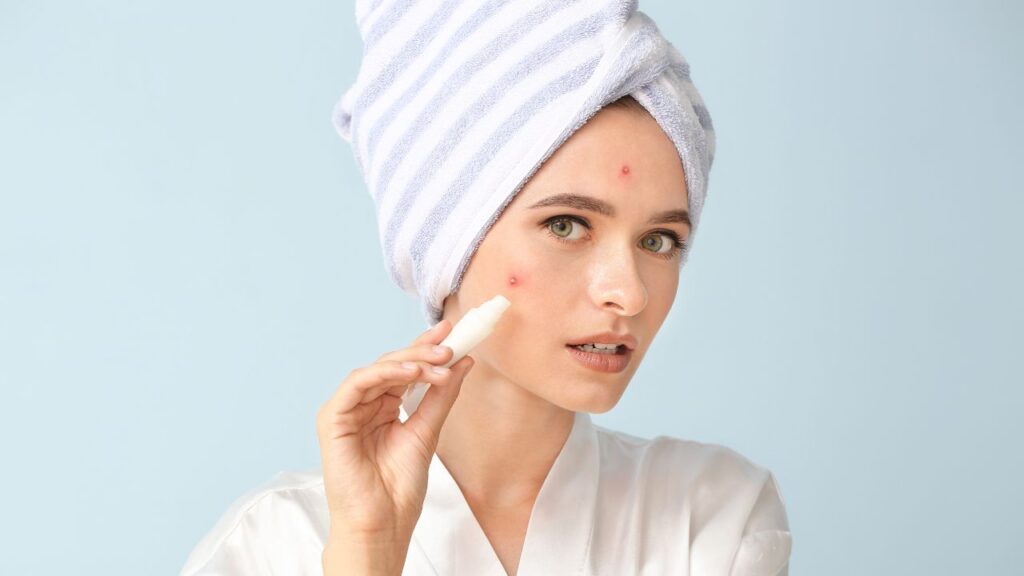
- Fights Acne
Glycolic acid helps clear clogged pores, reducing breakouts and blackheads. A study found that peels with 70% glycolic acid significantly improved acne, especially comedonal acne (those pesky blackheads and whiteheads). While at-home products aren’t that strong, they still help keep your pores clear by preventing the buildup of oil and dead skin cells. - Reduces Sun Damage
Sun exposure can lead to dark spots, fine lines, and uneven texture. But glycolic acid is here to help. Research shows it can fade sunspots and even offers some protection against UVB rays. Over time, it helps even out skin tone and reduces the appearance of sun damage. - Smooths Fine Lines and Wrinkles
As we age, our skin loses collagen and elasticity, which leads to wrinkles. Glycolic acid stimulates collagen production and boosts skin elasticity, keeping it plump and firm. If you’re looking for smoother skin, glycolic acid can be a game-changer. - Helps with Warts
This might surprise you, but some studies suggest glycolic acid can help treat warts when combined with salicylic acid. While it’s not a primary treatment, it may help flatten the wart and make the tissue look more normal.
Top 10 huid- en lichaamsverzorgingsproducten
Hieronder vind je de populairste huidverzorgingsproducten van dit moment op Beautinow.com.
Choosing the Right Glycolic Acid Product
Leave-on products, like serums and moisturizers, are usually your best bet since they let the glycolic acid work longer on your skin. If you’re new to glycolic acid, start with a product with around 8% concentration to see how your skin reacts. The pH of the product also matters; most OTC products have a pH of about 4, which is close to your skin’s natural level. If the pH isn’t listed, check the brand’s website.
Side Effects of Glycolic Acid
As effective as it is, glycolic acid does come with a few things to watch out for.
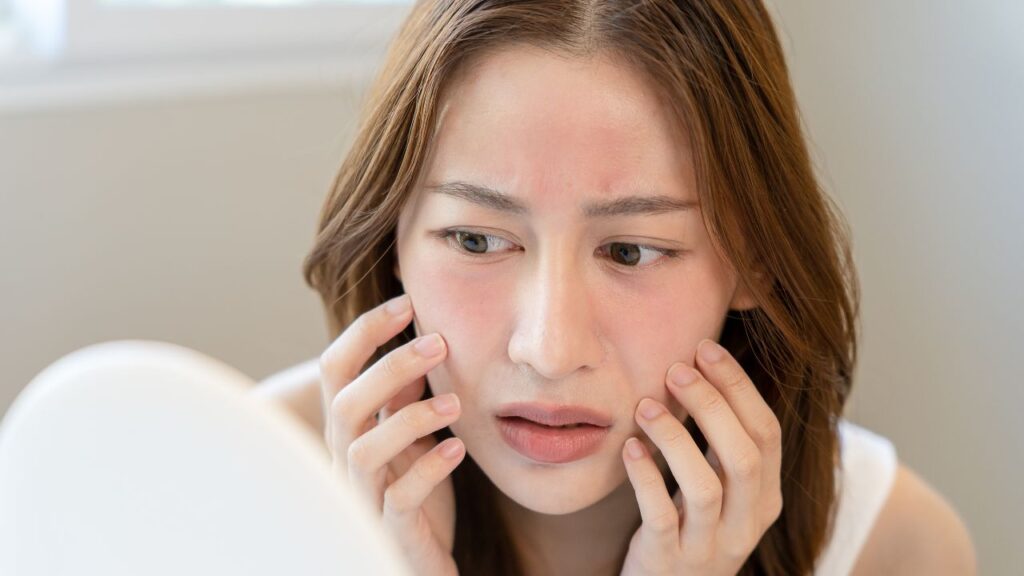
- Increases Sun Sensitivity
Because glycolic acid exfoliates the top layer of your skin, the new skin underneath is more sensitive to the sun. Always wear sunscreen when using glycolic acid and continue to wear sunscreen for at least a week after stopping the treatment. - Can Cause Irritation
Some people may experience redness, itching, or burning, especially if they use a product that’s too strong or use it too often. If irritation occurs, reduce usage, try a lower concentration, or switch to a gentler product. - May Lead to Hyperpigmentation
In rare cases, strong exfoliants like glycolic acid can trigger dark spots, especially in those with sensitive or melanin-rich skin. To minimize this risk, start with lower concentrations, avoid overuse, and always apply sunscreen.
How to Use Glycolic Acid Safely
Want to get the most out of glycolic acid without the side effects? Here’s how:
- Patch test: Always test a small amount on your arm before applying it to your face. This will help you check for any adverse reactions.
- Start slow: Begin with a low concentration and use it sparingly. Gradually increase usage as your skin gets used to it.
- Stick to one product: There’s no need to load up on glycolic acid. Just one product is enough to see results.
- Use it at night: Glycolic acid can make your skin more sun-sensitive, so it’s best to apply it in the evening to reduce UV risk.
- Never skip sunscreen: Sunscreen is a must, even on cloudy days. Glycolic acid increases UV sensitivity, so be sure to apply SPF 30 or higher every morning.
In the world of skincare, some ingredients stand out—and glycolic acid is definitely one of them. Don’t overthink it, just add it to your routine, and get ready to see what all the hype is about. The glow-up is real!
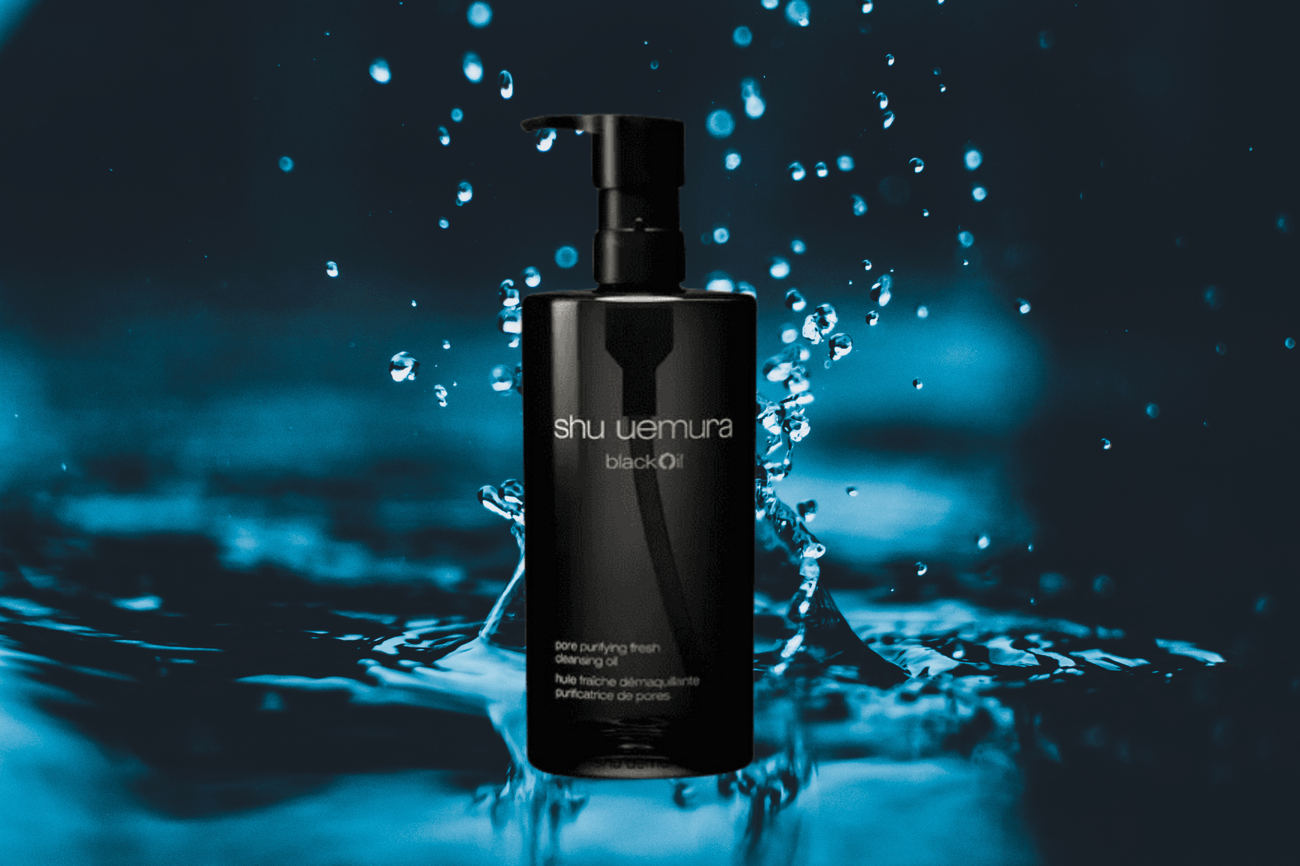
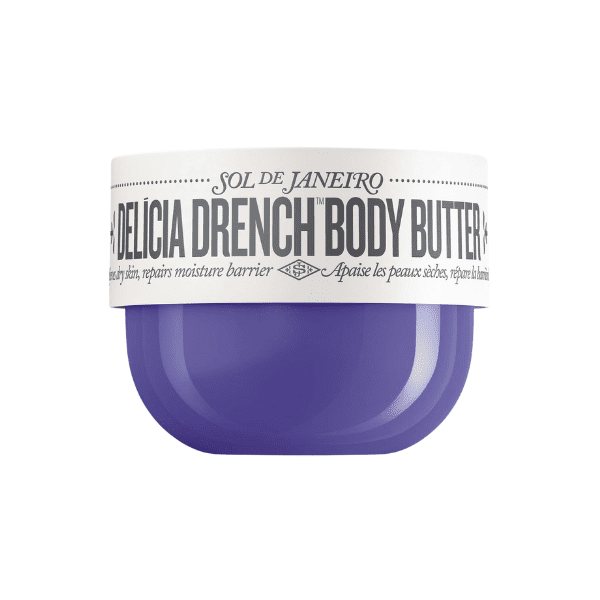
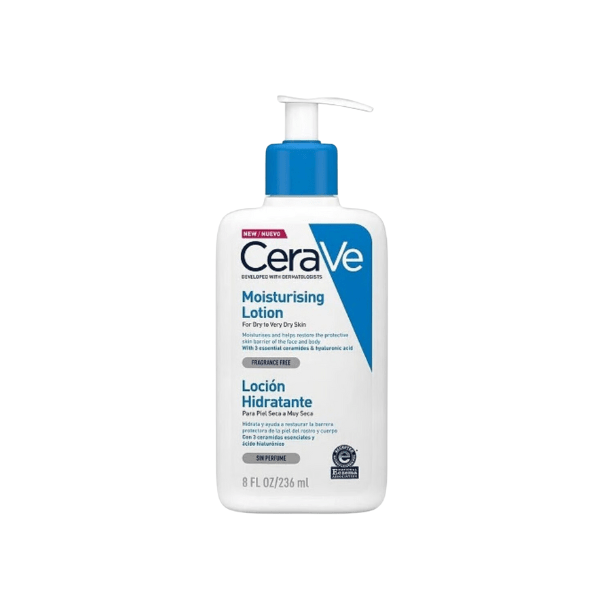
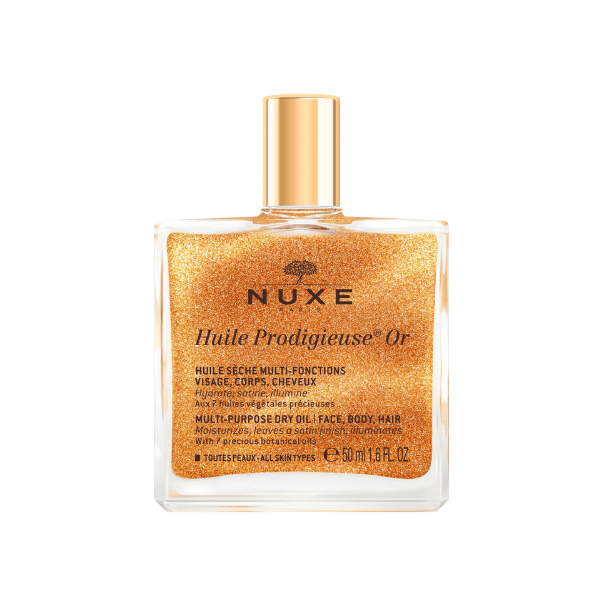
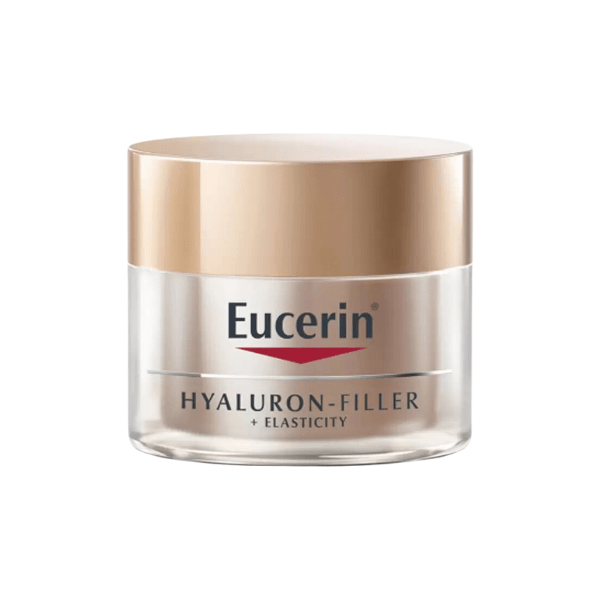

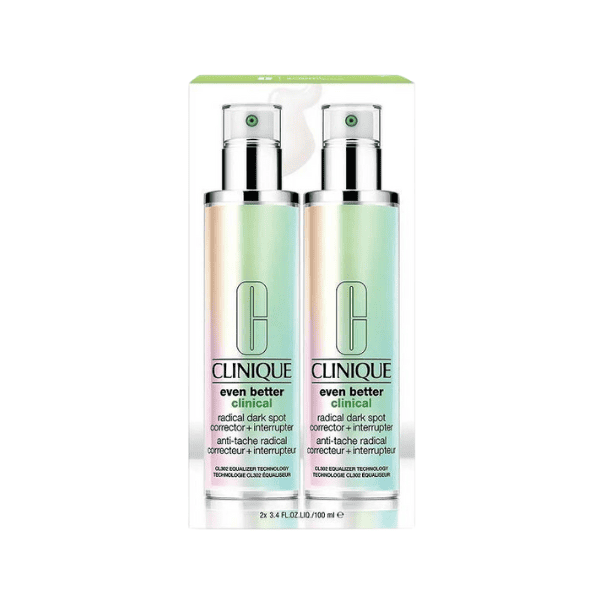
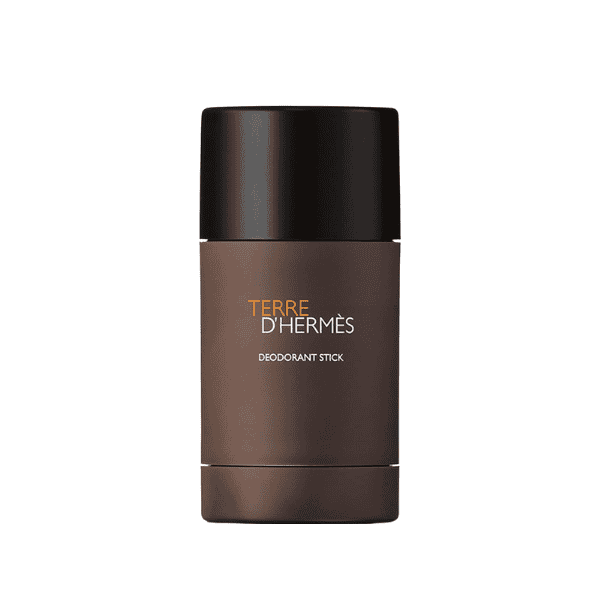
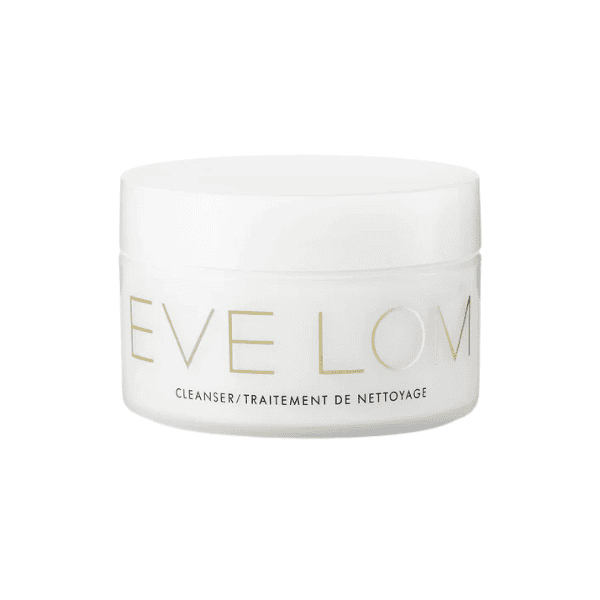
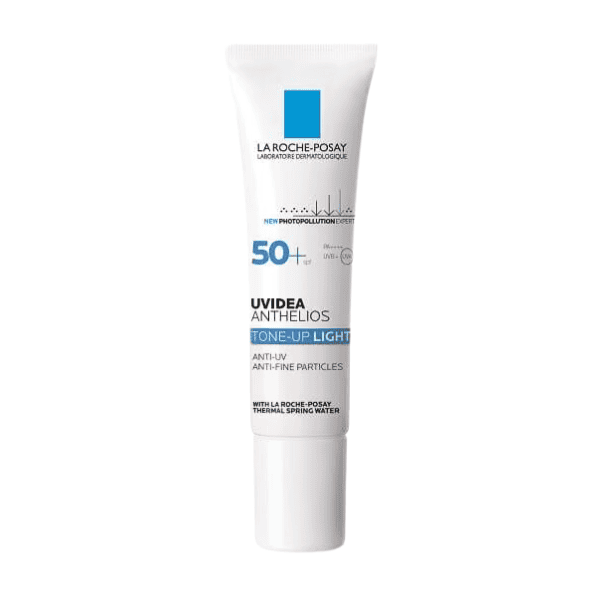
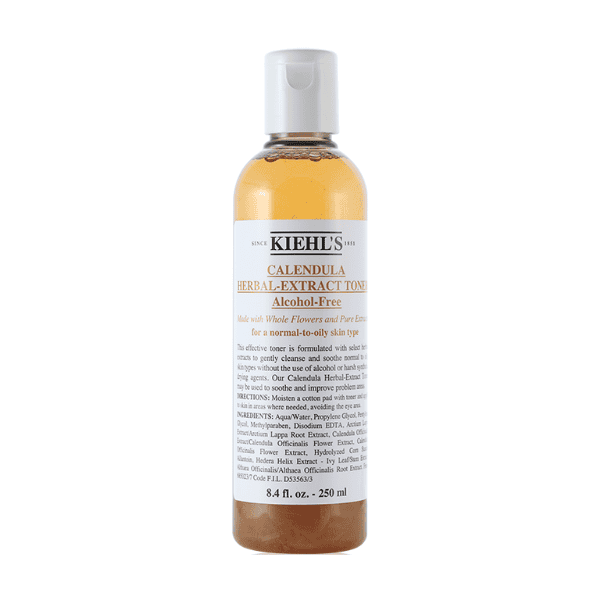
This was such an informative read! Curious to know, how do you recommend combining glycolic acid with other actives like niacinamide or retinol without causing sensitivity?
Glad to hear that. Regarding your question, that’s a hard one to answer in a general way, as every person’s skin is different. However, it’s generally known that glycolic acid and niacinamide cannot be used together at the same time, as they will reduce each other’s effectiveness. With regards to glycolic acid and retinol, there’s no evidence that it works well together. Our recommendation is to test skincare with just one of these ingredients and see to what ingredient your skin reacts best.